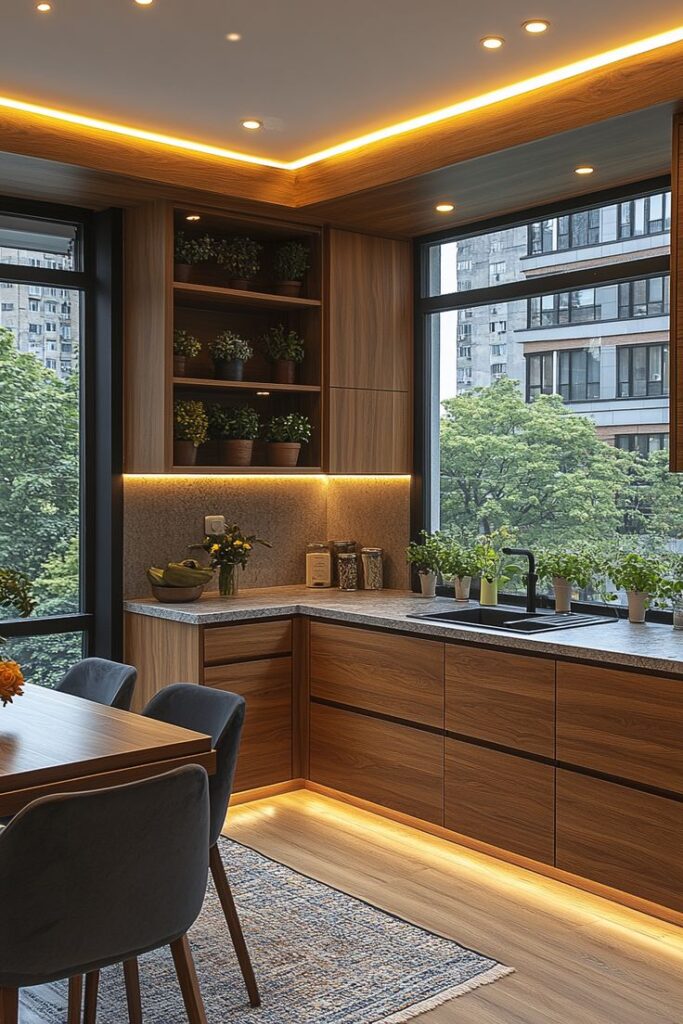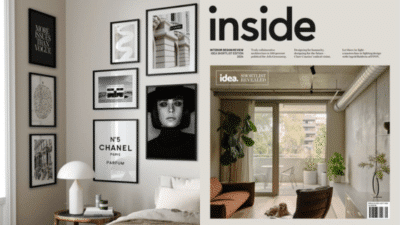Office spaces have changed. What was once a purely functional environment is now expected to be clean, efficient, and even stylish—especially in communal areas like kitchens and utility zones. As more businesses invest in comfortable breakrooms and hygienic back-of-house spaces, stainless steel sheet splashbacks have started to play a larger role.
This shift isn’t about trends—it’s about practicality. Stainless steel is easy to clean, resists staining, and handles the rigours of daily use better than most materials. For office kitchens and utility areas, where spills, splashes, and high turnover are part of the norm, these qualities are invaluable.


Cleanliness and Compliance
Hygiene is top priority in shared environments, and stainless steel leads the way in that department. Splashbacks made from stainless steel sheets create a seamless, non-porous surface that doesn’t harbour bacteria or allow moisture to seep in. For workplaces in industries like healthcare, food service, or manufacturing, this is essential to staying compliant with workplace health and safety standards.
But even in corporate settings without strict hygiene regulations, a clean and professional kitchen says a lot about company culture. It encourages employees to take pride in their space and promotes habits that keep the shared area in top shape.
Durability in High-Traffic Zones
Office kitchens and utility rooms tend to get heavy use. Whether it’s the lunch rush at midday or the constant coming and going of maintenance staff, these spaces take a beating. Materials like painted plaster or tiled splashbacks can show wear quickly—staining, chipping, or discolouring over time.
Stainless steel, on the other hand, holds up. It resists scratches, high temperatures, and repeated cleaning with commercial-grade products. Its surface maintains its appearance over years, making it a low-maintenance option with serious staying power.
Aesthetic Appeal Meets Function
There’s also the look of it. Stainless steel brings a clean, modern finish that suits a wide range of interior styles—from industrial to minimalist. In open-plan offices, where the kitchen is often visible from other work areas, the uniform appearance of a stainless steel splashback can subtly elevate the whole space.
It reflects light, which helps smaller kitchenettes feel brighter and more spacious. And when paired with other industrial materials—like polished concrete, dark timber, or checker plates aluminium for flooring or trims—it creates a cohesive look that’s both functional and stylish.


Utility Rooms and Beyond
While kitchens are the obvious choice, stainless steel splashbacks are equally useful in utility areas. Think janitorial rooms, print stations, or laundry spaces where equipment, water, and cleaning products are in constant rotation. These environments benefit from materials that are both water-resistant and resistant to chemical corrosion.
Installing stainless steel in these areas can simplify cleaning routines and reduce long-term damage to the building’s finishes. The same principles apply—durability, hygiene, and ease of maintenance—but with the added bonus of protecting the underlying structure from damp and wear.
Easy Integration with Other Industrial Materials
One reason stainless steel sheet splashbacks work so well in modern office design is how easily they integrate with other commercial-grade materials. Metal finishes like checker plates aluminium often show up in industrial-style furniture, tool storage units, or heavy-duty shelving. Used together, these materials create a unified look that feels intentional and grounded.
Even in smaller spaces, this pairing works. A splashback behind the sink and a checker plate kickboard below a cupboard can subtly tie the space together without overpowering it.
Conclusion
Stainless steel sheet splashbacks are more than just a practical choice—they’re a design decision that offers lasting value. In high-use spaces like office kitchens and utility rooms, they provide durability, cleanliness, and a modern aesthetic that holds up under pressure.
As workplaces continue to evolve, the materials used in communal areas will need to meet the same high standards expected in every part of the building. Stainless steel fits that brief perfectly—and when paired thoughtfully with complementary elements like checker plates aluminium, it elevates the space with minimal fuss.
- 177shares
- Facebook0
- Pinterest177
- Twitter0


